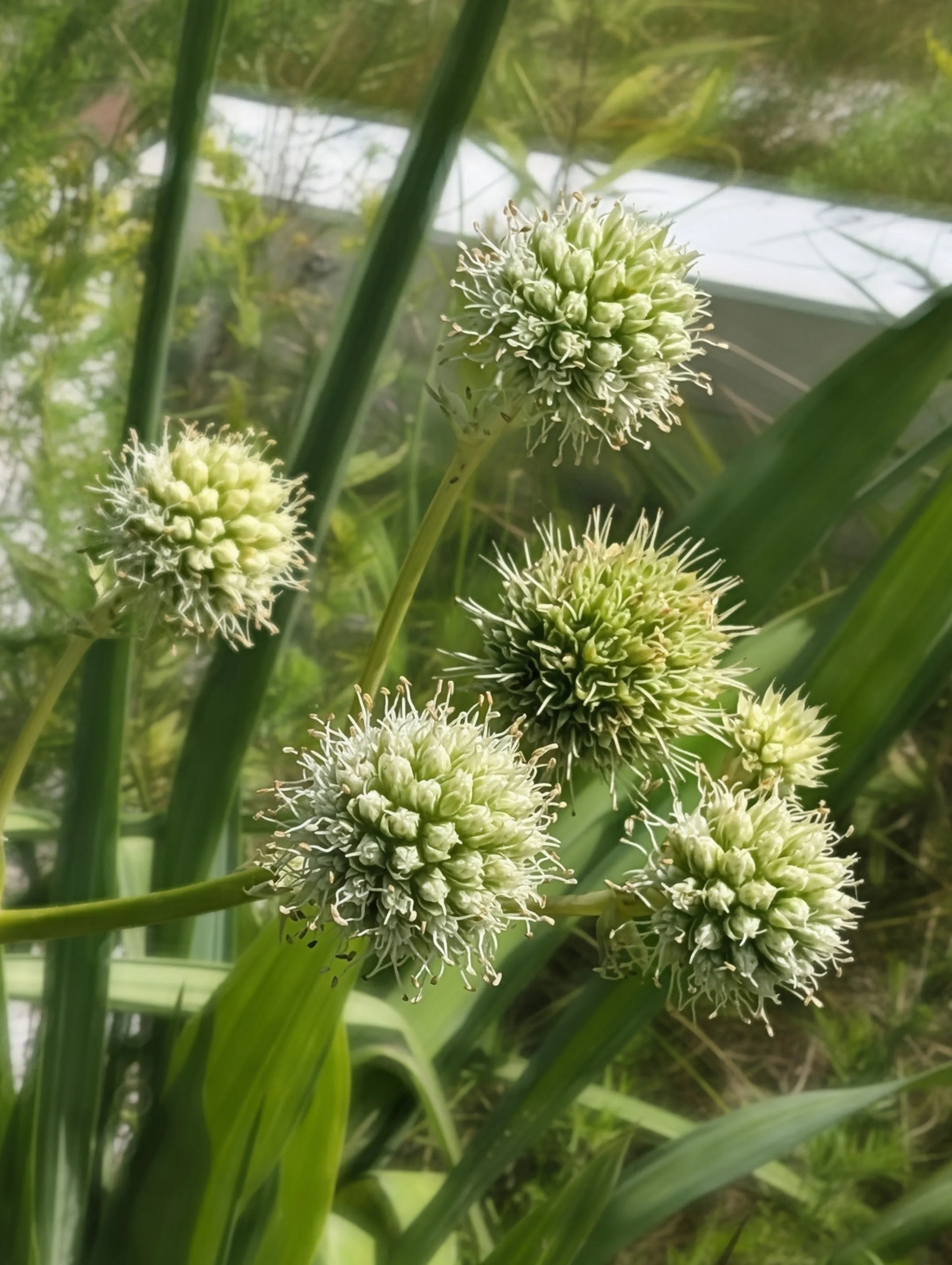Bloom: mid- to late summer
Habitats: clay prairies; limestone glades; moist to slightly dry black soil prairies; sand prairies; sandy savannas; thickets; typical savannas
Lifespan: perennial
Moisture: moist to slightly dry
Plant type (height): forb (2 to 5 feet)
Requirements: full sun
Soil: clay; gravel; loam; sand

